Central Bank, a member of the European System of Central Banks (ESCB), automates and optimizes supervisory data management with the ATOME Platform
Background
Creating a truly data-driven digital organization: how to get there?
Moving towards establishing a future-focused, transforming, data-driven and digital organization – and responding to the significant expansion of its financial regulatory mandates over the last decade one of the greatest Central Banks, a member of the European System of Central Banks (ESCB), partnered with BR-AG to make the most of dedicated SupTech that support the quality of data collections and change management of multiple reporting frameworks. As part of its SupTech capabilities, the Central Bank uses the ATOME platform designed and developed by BR-AG.
In pursuit of its digitization strategy to ensure future resilience and evolve into an entirely data-driven digital organization, the Central Bank has adopted a common digital language for collecting data from supervised financial institutions.
In particular, it uses the XBRL (eXtensible Business Reporting Language; the open international standard for digital business reporting) as a digital format for data collection from banks, insurers, investment firms, fund service providers, payment institutions, and other financial market participants.
XBRL is the format used by EU Member States and European Supervisory Authorities among others for reporting under multiple regulatory frameworks, like the Capital Requirements Regulation (CRR) and Capital Requirements Directive (CRD IV), Solvency II Directive.
Automation of regulatory reporting across the supervised sectors
Project
A leap forward
Consistent adoption of unified digital data formats such as DPM and XBRL ultimately eases the burden that regulatory reporting poses to financial institutions, primarily by minimizing the effort needed to interpret the requirements written in legal texts and instructions (read also more about the XBRL format in our article).
Similarly, using a common regulatory data dictionary and data models by the supervisor facilitates the management of data requirements internally, reducing gaps and overlaps and helping in change management.
Aligning with pan-European regulations
The latter is especially important for EU central banks which need to align with pan-European regulations while at the same time adjusting to national-specific data requirements. The common standard of the Data Point Model (DPM) used across the EU’s financial sector supervisors for the definition of reporting data models brings the much-needed level of standardization and helps to manage changes in a systematic manner. Captured as an ISO 5116 standard, the methodology facilitates the improvement of transparency in financial and business reporting.
As the Central Bank’s remit extends to taxonomies created by several EU supervisory bodies (European Banking Authority (EBA), Single Resolution Board (SRB), European Insurance and Occupational Pensions Authority (EIOPA)), the ATOME platform supports all frameworks under which the Central Bank collects data from insurance companies, banks, and other FIs.
Enhancing data collection and change management of multiple reporting frameworks with ATOME
Similarly, to other data-driven central banks in the EU, the Central Bank makes the most of dedicated SupTech that support the quality of data collections and change management of multiple reporting frameworks. As part of its SupTech capabilities, the Central Bank uses the ATOME platform designed and developed by BR-AG.
Central Bank, a member of the European System of Central Banks (ESCB)
The platform enables the Bank to manage the regulatory data models and taxonomies as well as data quality rules, adjusting to regulatory changes and supervisory needs in subsequent updates.
The data definition and change cycle is completed with the capability to test new data models and the data quality rules prior to official publishing for the market and reporting. It enables a swift implementation turnaround for framework updates as mandated and published by taxonomy issuers. Data validation rules and the validation engine provided by the platform help then to ensure the quality of the reporting.
How it works
Data model and change management platform
The power of many: When collaboration is a key
With the ATOME platform in place, the Bank’s teams are able to collaborate and work simultaneously in real-time, in a controlled shared environment where users are assigned specific roles.
Business users and data architects may join forces to build precise and unambiguous models of regulatory requirements, engaging with consultants remotely as needed to support the Bank’s team in their workloads.
When Client decided to make a move to ATOME, one of our main goals, was to ensure seamless integration of the Bank’s team to a shared collaborative environment. Such an environment must have also been highly configurable with an intuitive and user-friendly interface. We’re proud to reach the result that certainly reflects that.
Michał Skopowski, Vice-Chair of the Board at BR-AG
Achieving the Bank’s need to test taxonomies prior to their releases, the Central Banks also uses ATOME platform for quality assurance purposes, leveraging among others the XBRL instance creation functionality.
Additionally, extensive interoperability functionalities of the platform, namely Excel, XBRL, Structured query language database (SQL DB) and Application programming interface (API), provide possibilities for effective data management and cross-organizational collaboration.
Outcomes
Scaling the success
With the help of BR-AG’s team and deployed ATOME technology, Clients reimagined the model of internal collaboration across the teams keeping the data in productive sync and speeding up the drive of a Bank toward building a more agile, resilient, and intelligence-led organization.
- By connecting the needs of supervisory data teams and the IT and collating regulatory data into a single view on the ATOME platform, the Central Bank ensured the automation of workflows, more efficient collaboration across the teams and greater regulatory data transparency.
- By reflecting the data model and its associated changes with ATOME support, small and medium enterprises (SMEs) registered in the given jurisdiction are well-positioned to analyse the table modelling and provide the Bank with their feedback and valuable insights to be taken into account for further improvement.
- Thanks to the platform features enabling to visualize the changes and comparing versions of the models, the Bank is able to achieve transparency and clarity of regulatory reporting requirements. Now both analysts and leadership may better assess the impact of changes and adapt their decisions as needed.
- The adoption of the DPM together with the XBRL digital data format eases the regulatory reporting burden for financial institutions by eliminating the need to interpret legal requirements and ensuring standardized reporting.
Moreover, thanks to the platform, it is now easier for the Bank to align with pan-European regulations and manage national-specific requirements accordingly across the banking, insurance, and pension funds sectors.
Related products:
Whether supervisory authorities seek a full-scale digital transformation of the statistical, supervisory and financial reporting or looking to refine related operations, we combine innovative solutions with the right technology to help them establish trust and see beyond change.
Find out more about how we can deliver the change you aspire:



